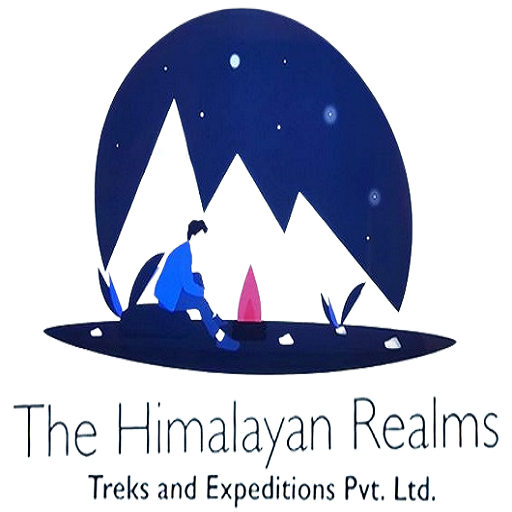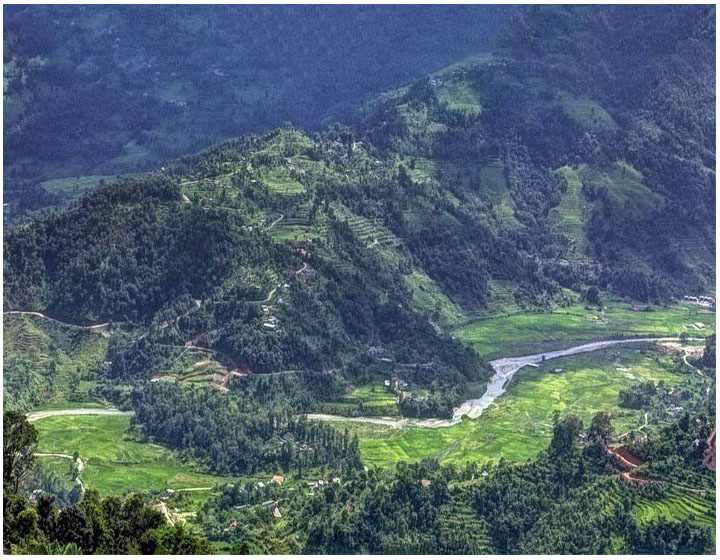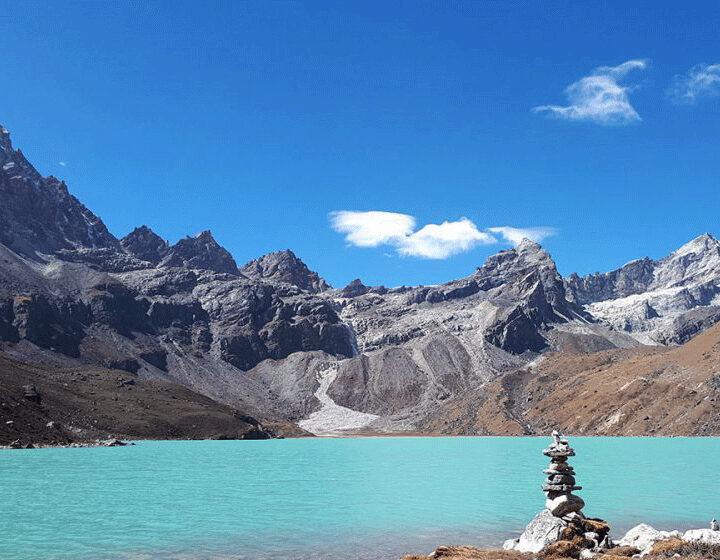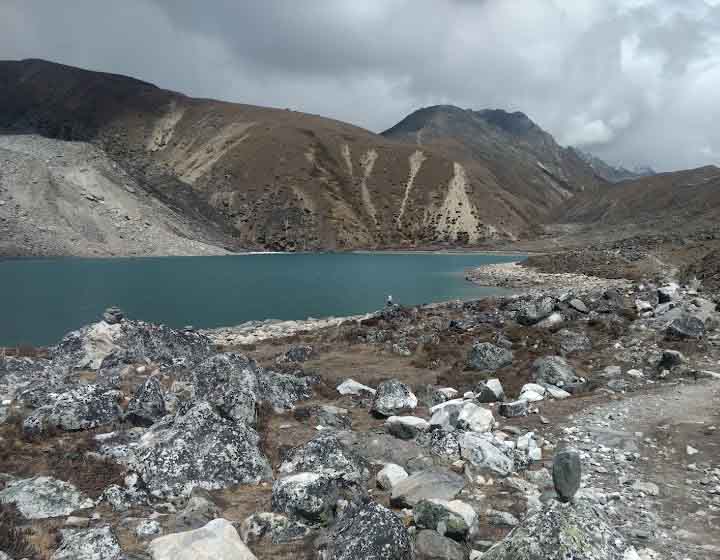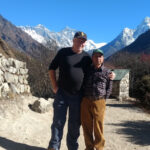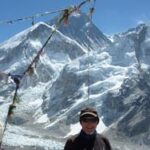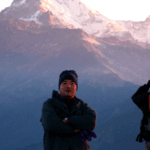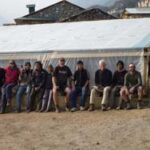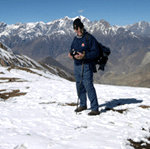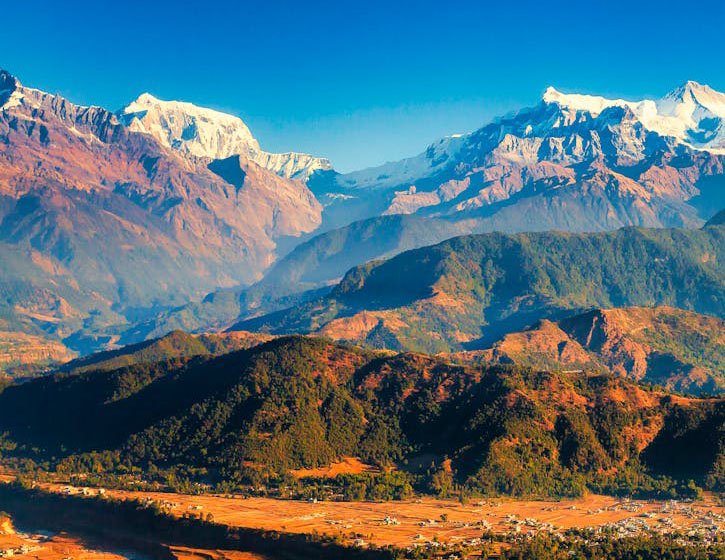
Trip overview
Overview: Australian Camp 6-Day Trek
Australian Camp Trek or Australian Camp Hiking offers a peaceful escape into the heart of the Annapurna region, ideal for travelers seeking a short yet rewarding Himalayan experience. Located at an altitude of around 2,050 meters, Australian Camp provides stunning panoramic views of the Annapurna and Dhaulagiri ranges, including Machhapuchhre (Fishtail).
This easy-to-moderate trek starts from Kande, just an hour’s drive from Pokhara. The trail leads through lush forests, traditional Gurung villages, and terraced farmlands. The journey takes about 2–3 hours of scenic hiking to reach the camp, making it perfect for families, beginners, or travelers with limited time.
At the summit of Australian Camp, trekkers are greeted with breathtaking sunrise and sunset views over the Himalayas. It’s also an excellent spot for photography, birdwatching, and enjoying local hospitality. The peaceful environment makes it a popular destination for nature lovers and meditation seekers.
Whether you’re on a short holiday or looking to acclimatize before a longer trek, Australian Camp Hiking delivers an unforgettable experience with minimal effort.
Pokhara—The Natural Paradise
The Australian Camp trek or hiking is Located about 30 kilometers from Pokhara, and Pokhara is about 200 kilometers west of Kathmandu; Pokhara is the district headquarters of the Western Development Region and one of Nepal’s most visited cities. It captivates travelers with its peaceful lakes, panoramic mountain views, and lush surroundings. From serene boating on Phewa Lake to witnessing sunrise over the Annapurna range, Pokhara is a haven for nature lovers and adventure seekers alike.
Vegetation and Climate in Pokhara Valley
Pokhara’s diverse vegetation is a result of its subtropical climate, varying altitudes, and plentiful water sources. The region is ecologically rich and divided into distinct forest types:
Tropical and Subtropical Forests
Found in the lower elevations, these forests are dominated by Sal trees, bamboo, and a variety of shrubs. The warm, humid environment promotes vibrant biodiversity, making these forests a vital part of the region’s ecosystem.
Temperate Forests
As the altitude increases, the forests transition into temperate zones, home to oak, rhododendron, and chestnut trees. These cooler regions offer habitats for many species of birds and wildlife and are especially beautiful during the rhododendron bloom in spring.
Alpine and Sub-Alpine Vegetation: At even higher elevations, the landscape transforms into alpine meadows and sub-alpine vegetation, where juniper, birch, and rhododendrons dominate. Furthermore, this zone is known for its seasonal wildflowers, which bloom vibrantly during spring and summer.
Riverine and Wetland Vegetation: Due to the presence of lakes, rivers, and marshlands, Pokhara supports lush wetland vegetation, including reeds, water lilies, and various aquatic plants. Moreover, these habitats attract migratory birds and contribute to a thriving ecosystem.
Overall, the combination of climate, altitude, and abundant water sources makes Pokhara a botanically rich region. Consequently, its diverse plant life enhances both the area’s natural beauty and ecological significance.
1. Subtropical Forests (Lower Elevations)
Found in and around Pokhara Valley (around 800–1,500 m). Dominant tree species: Sal (Shorea robusta), Chilaune (Schima wallichii), and Simal (Bombax ceiba). Other plants: bamboo, ferns, and various flowering shrubs. Rich in birdlife and butterflies.
2. Temperate Forests (Mid-Elevations)
Found in areas above 1,500 meters, including Sarangkot and Australian Camp, these locations offer breathtaking panoramic views of the Himalayas. Moreover, their elevation provides a refreshing climate, making them ideal for trekking and relaxation. In addition, the lush greenery and serene atmosphere enhance the overall experience, attracting nature lovers and adventure seekers alike. Dominant tree species: Rhododendron (Rhododendron arboreum), Oak (Quercus spp.), and Chestnut (Castanea spp.). Mosses and lichens grow abundantly due to moisture.
3. Alpine Vegetation (Higher Elevations)
Found in the Annapurna region (above 3,000 m). Includes shrubs, rhododendron forests, junipers, and alpine grasslands.
4. Wetland and Riverine Vegetation
Found along Phewa Lake, Begnas Lake, and Seti River. Includes aquatic plants like water hyacinths, reeds, and lotus. Mangrove-like vegetation along the lakeshores. Pokhara’s lush greenery, diverse flora, and stunning landscapes make it a paradise for nature lovers, trekkers, and photographers. Would you like information on specific plants or ecosystems?
Why would the tourist like to see the sunrise views from Sarangkot? Sarangkot is 1600 m above sea level. This makes it special for sunrise views, from where you are able to view Dhaulagiri and the complete Annapurna mountain range. Sarangkot is one of the famous small villages where there are many standard hotels. From Sarankot and in the northern direction, we can see Dhaulagiri in the far west. Annapurna range: Sarangkot offers a spectacular view of one of the largest mountain ranges in the world, the Annapurna range, including Annapurna I, which is the 10th highest mountain in the world.
Why Australian camp tours?
Easy Accessibility from Pokhara:
One of the key attractions of Australian Camp is its easy access. The trek begins with a short drive from Pokhara to Kande, followed by a 1–2-hour hike on a well-marked trail. This makes it a convenient choice for all levels of trekkers, from beginners to families with children.
Magical Sunrise and Sunset
The camp is especially popular for its sunrise and sunset views. As the first rays of light touch the Himalayan peaks or the sun dips behind the ridges, the sky transforms into shades of gold and orange, creating unforgettable moments that stay with visitors long after the trek ends.
Serene and Peaceful Atmosphere
Unlike other popular trekking destinations, Australian Camp remains less crowded, providing a peaceful and relaxing environment for trekkers. Set amidst rolling hills and forests, it provides a perfect escape into nature. The fresh mountain air and stillness of the surroundings create an ideal setting for mindfulness, solitude, and rejuvenation.
Ideal for Short Treks
This trek is perfect for those with limited time or who are new to trekking. The route features gentle ascents and well-maintained paths, making it accessible to all age groups. With its short duration and rewarding views, Australian Camp is a fantastic introduction to the beauty of the Himalayas.
Trekking Route to Australian Camp
Pokhara → Kande → Australian Camp → Dhampus → Phedi → Pokhara (or return the same way).
Similarly, Himalayan Realms Treks offers a wide range of trekking routes in the Annapurna region, including both classic trails and off-the-beaten-path adventures such as Australian Camp hiking. Moreover, Australian Camp hiking is perfect for beginners seeking a short, scenic, and rewarding trek with breathtaking Himalayan views. In addition, other treks in the region cater to experienced hikers looking for more challenging expeditions, ensuring something for every type of traveler. Furthermore, the Annapurna region, with its well-established infrastructure, lush forests, and panoramic peaks, provides an ideal setting for all treks—including the ever-popular Australian Camp hiking experience. Consequently, whether travelers prefer a peaceful hike like Australian Camp hiking or a demanding high-altitude journey, the Annapurna region delivers a rich blend of nature, culture, and adventure. Below are some of them for your information.
Siklish Trek 9 days
Kathmandu Chitwan & Pokhara Tours (7/8 Days)
Hotspring Tour: 9 days
Australian camp Tour Nepal for 6 days
Khayar Lake Trekking 17 days
Panchase Trekking 7 days
Kathmandu, Pokhara and Sarangkot Tour (6 days)
Dhampus, Sarangkot Trek 8 days
Jomsom Muktinath Trek, 13 days
Upper Mustang Trek
Annapurna circuit Trek, 12 days
Mardi Trek 6 days
Conclusion of Trip:
The 6-day Australian Camp Trek offers a perfect escape into nature with stunning Himalayan views, peaceful village life, and a relaxing journey ideal for beginners and families. From the scenic drive to Pokhara to the tranquil forest trails and panoramic vistas of Annapurna, Dhaulagiri, and Machhapuchhre, this short trek delivers unforgettable experiences in a short time. With its low altitude and comfortable pace, it’s an ideal introduction to trekking in Nepal, balancing cultural insight and natural beauty.
Note:
This trek is designed for easy-to-moderate fitness levels. No prior trekking experience is needed. Best seasons: Autumn (Sep–Nov) and Spring (Mar–May) for clear skies and pleasant weather. Accommodation includes comfortable teahouses and hotels. Private/custom group options are available upon request. Weather in the mountains can change quickly. We recommend packing layered clothing. Additional days in Pokhara or Kathmandu can be arranged before or after the trek upon request
Short Itinerary
Day 01: Flight to Pokhara
Day 02: full-day city sightseeing
Day 03: Pokhara to Australian Camp.
Day 04: Australian Camp-Pokhara
Day 05: Pokhara—Kathmandu:
Day 06: Departure
Itinerary
Arrival in Kathmandu-Transfer to Hotel:-Welcome at the Tribhuvan International Airport and transfer to hotel in Kathmandu, rest at the hotel and briefing about the trip. Overnight accommodation is set with BB Plan.
Full day sightseeing in Kathmandu valley inclusive of Buddhanath Stupa (one of the biggest Buddhist stupa in Nepal, where also you will be able to see many monks and Tibetan peoples. Pashupatinath is one of the most important Hindu Temple of God Shiva, where the dead body also cremate), Bhaktapur City (Among three oldest cities is one of the interesting city, where visitor can see fifty-five wood carving windows palace, a lot of pottery clubs, many temples and a lot of wood carving place), Patan City (Also one of the city like Bhaktapur where you will be able to see a Hindu temple call God Krishna Temple and many others as well as A Buddhist Temple call Golden Temple ) & Swyambhunath Stupa (One of oldest Buddhist Stupa situated at the highest place in Kathmandu Valley, from where you can see the scenery of Kathmandu Valley, as well as some mountain peaks also if the weather is nice) .
After breakfast fly to the second beautiful city of Nepal drive to Kande about 1:30 minutes the hike to Australian camp about 2 hrs and stay overnight at Australian camp.
After breakfast walk down to Dhampus and drives back to Pokhara from Dhampus check in the hotel rest then surrounding the Fewa Lake.
Full day Pokhara city sightseeing including the world pace stupa, Bindyavashini Temple, K.I. sight bridge old Seti river gorge this is the deepest gorge all the world, David fails, Gupteshower Mahadev cave, Tibetan refugee camp, and Barahi Temple.
Day 07:- After breakfast drive back to Kathmandu by Private vehicle about 6 hrs from Pokhara to Kathmandu. Arrive in Kathmandu and check in the same hotel and rest time free and shopping.
After bereakfast drive to airport the fly back to Kathandu check in hotel rest then in the evening drive to the international airport for departure then fly back to your own destination.
Useful Info
Useful Information for Trekking to Australian Camp
Location & Altitude: Location: Annapurna Region, Nepal. Altitude: 2,060 meters (6,759 feet)
Trekking Route Options Option 1: Pokhara → Kande → Australian Camp → Dhampus → Phedi → Pokhara
Option 2 (Extended with Ghandruk) -Pokhara → Kande → Australian Camp → Landruk → Ghandruk → Nayapul → Pokhara (3-4 Days)
Accommodations & Food Lodges & Tea Houses:
Food: Traditional Nepali dal bhat, noodles, soups, and Western options.
Best Time to Visit: Spring (March-May): Clear skies, blooming rhododendrons. Autumn (September-November): Best mountain visibility, mild weather. Winter (December-February): Cold but peaceful, great for sunrise views.
Monsoon (June-August): rainy, slippery trails, but lush greenery.
How to Get There: Drive from Pokhara to Kande (~1 hour): Trek from Kande to Australian Camp: (~1.5-2 hours)
FAQs
-
How difficult is the Australian Camp Trek?
The trek is considered easy to moderate. It’s suitable for beginners and families with children. No prior trekking experience is required.
-
What is the maximum altitude during the trek?
The highest point is Australian Camp at 2,100 meters (6,890 feet) above sea level.
-
What is the best time to do the trek?
The ideal months are March to May and September to December. These months offer clear skies, pleasant temperatures, and stunning mountain views.
-
What kind of accommodation is available during the trek?
You will stay in comfortable tea houses or lodges along the trail. In Pokhara and Kathmandu, hotel accommodation will be provided.
-
Do I need a permit for this trek?
Yes, you'll need a TIMS card (Trekkers' Information Management System) and Annapurna Conservation Area Permit (ACAP). We will arrange these for you.
-
How do I book the trek?
You can book directly through The Himalayan Realms Treks and Expedition Nepal Pvt. Ltd. via our website, email, or WhatsApp. We’ll guide you through every step.
